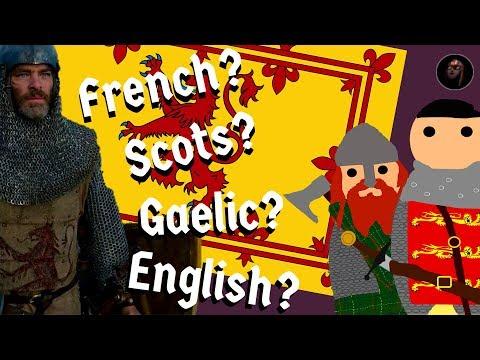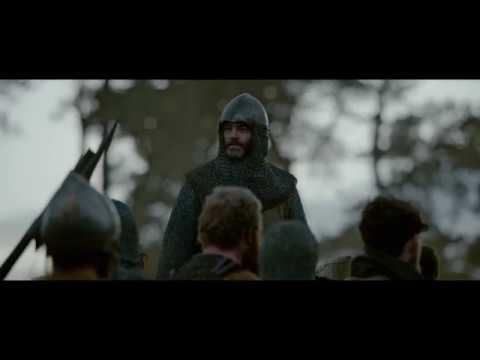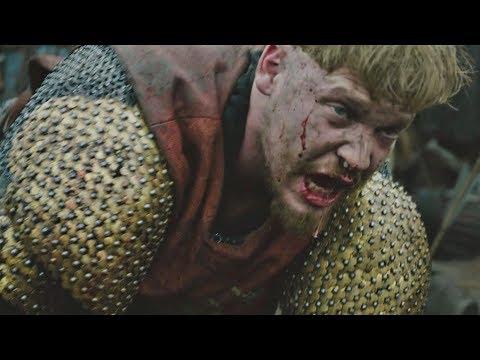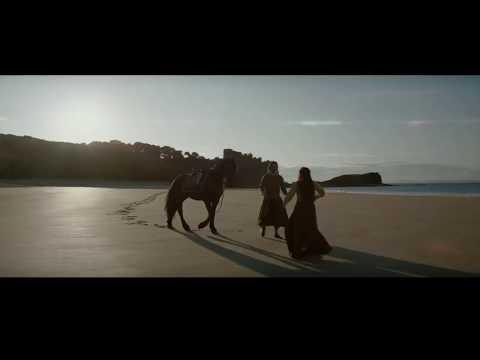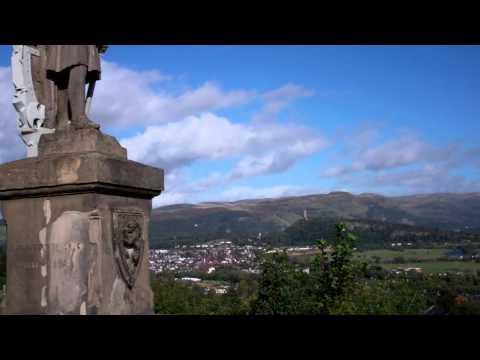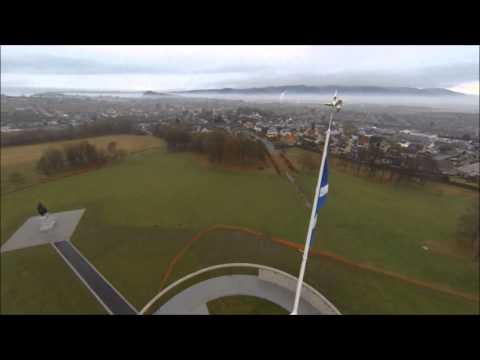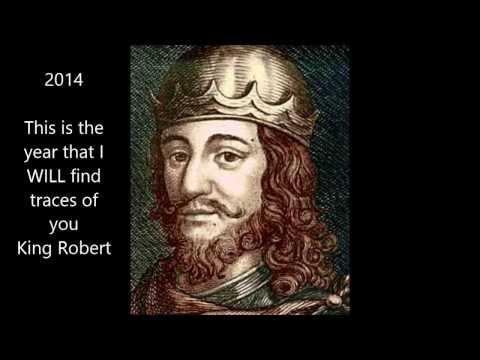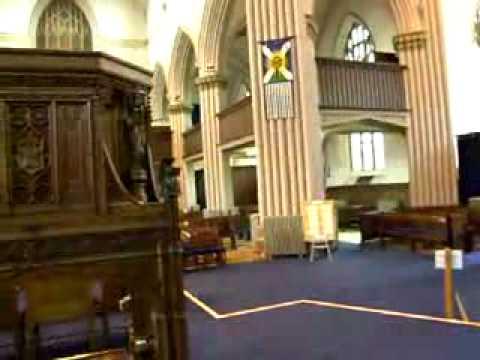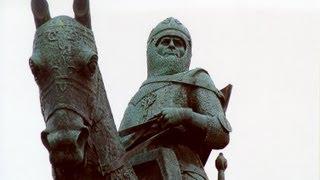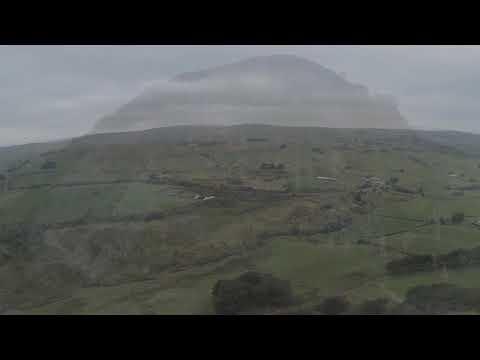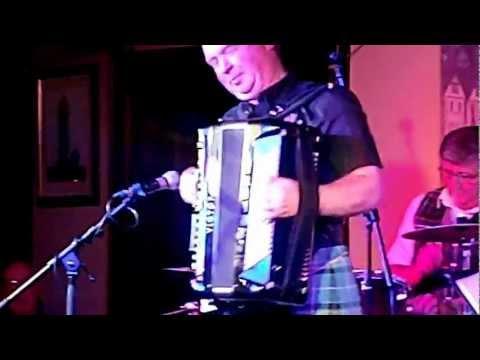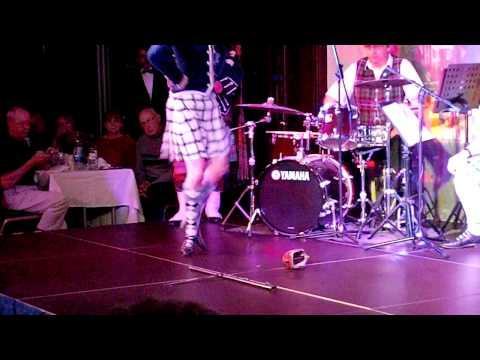Outlaw King: Ending Explained & What Happened To Robert The Bruce After The Film Ends
Description
#OutlawKing #Netflix #EndingExplained
Outlaw King: Ending Explained & The Real Life Events That Inspired The Film by Deffinition
Read The Full Article Here - http://deffinition.co.uk/outlaw-king-ending-explained-the-real-life-events-that-inspired-the-film/
Music By:
Clams Casino
Listen Here - https://www.youtube.com/watch?v=FJJ8hWDXWGs
Music By:
Lakey Inspired
» Patreon: https://www.patreon.com/lakeyinspired
» Spotify: https://goo.gl/aLkwM5
» SoundCloud: https://soundcloud.com/lakeyinspired
» Instagram: https://www.instagram.com/lakeyinspired/
» SnapChat: Lakeyinspired
Outlaw King is the spiritual successor to the classic film Braveheart and tells the tale of how Robert The Bruce became King Of Scots.
The movie has a lot to unpack from it and throughout this article I will be breaking down the facts that you need to know about the movie and the events that it is based on.
There will be heavy spoilers and the recently released Netflix is a lot better than critics are giving it credit for. I definitely recommend that you give it a watch before viewing this video.
With that out the way, I’m Deffinition and I ruin it so you don’t have to!
Outlaw King Ending Explained
Outlaw King concludes with an epic medieval battle between England and Scotland. Based on the Battle of Loudoun Hill which took place in 1307, we see Robert The Bruce leading his forces against King Edward and The Prince Of Wales. Despite being massively outnumbered in the range of 3000 to 600, Bruce manages to outwit the larger army by using the land to his advantage. Digging trenches, using horses as weapons and more cunning tactics, Bruce manages to force the English and Welsh into a retreat.
Bruce was lucky that The English King Edward died en route to the campaign and thus Bruce only had to face off against the weaker Prince Of Wales, whom he easily bested.
The film ends with Bruce reuniting with his wife and cementing their positions as King And Queens Of Scotland.
Real Life Events
The Tale Of Robert The Bruce is something that’s very close to my heart. I come from a long line of Scottish Bruces’ and my Grandfather would often remind me that we were related to them in some way every time Robert was brought up. Where I live, which is in Newcastle Upon-Tyne, is very near to the border of Scotland so I felt quite patriotic in some ways when watching this film.
In a way, you could say…that I’m sort of a hero myself…couldn’t you? Hmmmm? Make sure you like, comment and subscribe.
Ignoring all that I actually know quite a lot about Robert The Bruce and how the real events that took place in this film transpired.
William Wallace
William Wallace is the catalyst that sets off the majority of the events in the film and this was mirrored in real life. Wallace’s execution sparked a lot of civil unrest amongst the Scottish People and is what made them rise up against the English.
The Battle Of Loudoun Hill
The Scots did triumph against the English and their superior numbers, however, unlike in the film, Bruce did not face off against The Prince Of Wales head to head. Though the battle was a key turning point in the Scottish rebellion, it wasn’t the main fight and there were several other ones that followed with just as much weight. The Battle of Bannockburn in 1314 was far more important in the events of the uprising. This involved the Scots taking back an English Occupied Castle and once again saw Bruce leading outnumbered forces to Victory.
King Edward II, who had been newly appointed as ruler, saw this as a huge humiliation. This was actually the battle that forced Edward to release Bruce’s wife and their reunion was due to this and not the events in Outlaw King.
Edward II was killed by his own nobles and the final fight for Scotland’s independence happened at the negotiating table. Bruce managed to create Independence for Scotland by striking a deal with King Edward III. After 20 years of War, the treaty was finally signed in 1328 and Bruce died the year after safe in the knowledge that he had achieved peace and freedom for Scotland.
Bruce was laid to rest at Dunfermline Abbey and his memory still lives on today.
